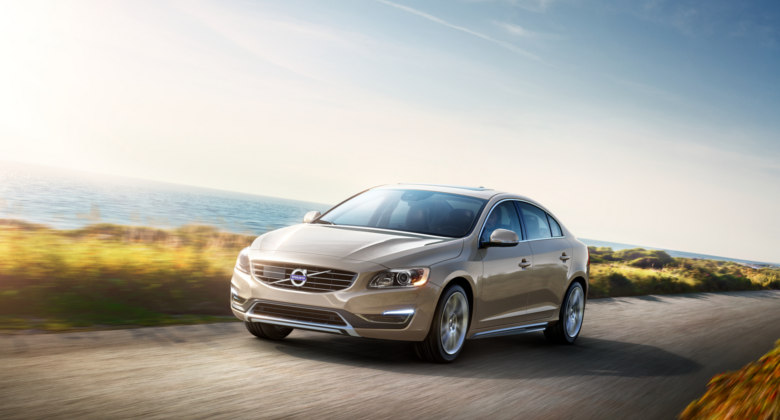Summer’s still in the air and it’s not too late to hit the open road. Before you pack your stuff and cruise down the blacktop, read Volvo’s advice below to make sure that your journey’s a safe, efficient, and enjoyable one.
- Stay aware of your surroundings and keep your eyes on the road, anticipating other drivers’ moves and planning accordingly.
- Don’t drive when you’re sleepy or disoriented. If tired, pull over and take a nap.
- During hazardous road conditions, reduce your speed accordingly.
- Don’t use your phone while driving. Just don’t.
- Make sure there’s at least three seconds of space between you and the car ahead so you have ample reaction time.
Got the above? Good. Now here are some guidelines on how to make sure you’re getting your fuel’s worth to the last drop.
- Accelerate in an efficient way. Accelerate quickly, but without pressing the acceleration more than halfway.
- Brake in an eco-friendly manner. Cars with automatic transmission handle engine braking automatically.
- Climate control (especially AC) is a large energy consumer. Restricting use to only when necessary and disabling when otherwise can reduce fuel consumption.
- When driving an AT vehicle, use gear position (D) and let the car automatically shift between the various gears to achieve fuel consumption. Try to avoid gear downshift at acceleration by pressing the accelerator smoothly.
- Choose the right eco-friendly speed. Higher speed results in more air resistance and therefore higher fuel consumption. The best overall fuel consumption is achieved in top gear with minimum vehicle speed, which is typically in the range of 80kph.
- Keep the car in good shape by having it regularly maintained.
- Planning both the optimum route to drive and the time necessary to cover the distance results in steadier driving speeds and shorter distances.
- Drive smoothly and in an eco-friendly way with consideration for other road users. With good foresight, you can avoid unnecessary braking.
- Avoid longer idling and act according to the local traffic regulations. Switch off the engine during longer waiting periods, without endangering other road users. You already start saving fuel when the engine is off for 15 seconds. Start/Stop vehicles like the new Volvo range manage this automatically.
- Drive with the correct air pressure in the tires and check it regularly. Choose eco-friendly tire pressure for best results as the choice of tires can affect fuel consumption.
- Avoid unnecessary cargo. When the car’s weight increases, so does fuel consumption. Thus, try to avoid unnecessary cargo; load carriers, a roof box and a trailer negatively affect the car’s aero dynamics and weight, leading to increased fuel consumption.
